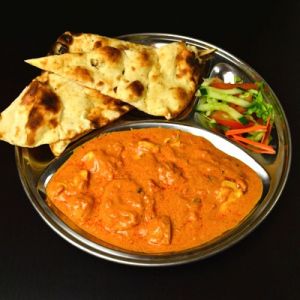Kebabs - The King of Non Vegetarian Indian DishesPosted by Mark Sheldon on April 10th, 2017 The history of kebabs dates back to a long past and covers both the continents of Africa and Asia. Literally, the word 'kebab' means to roast and the dish, as we all know, is meat roasted with spices. Actually, Ibn Batuta, the Moroccan traveller came across this tasty dish in India, as long back as 1200 AD. According to scholars of History, Afghan invaders brought it to India much before the Mughals set their foot in. However, like many other contributions that Mughals made in various fields, kebabs evolved into a fine delicacy in their times. According to passionate foodie and the owner of a renowned Indian restaurant in Prague, the Afghani kebabs were rustic in both taste and appearance, as they used char-grilled open ovens. On the other hand, it was under the great Mughals, an array of spices and dry fruits started to be used in the preparation, adding to its both aroma and taste. As such, in most Asian countries and particularly in the Indian subcontinent, the dish is served with salad and rice. However, it can also be served with different types of rotis or breads as well. In the present times, kebabs occupy a significant position in Indian school of culinary. The dish has innumerable varieties, each having a different style of preparation, using different ingredients. Some of the most popular varieties include:
As a matter of fact, chefs who can whip up sheek kebabs have high demand in Indian restaurants abroad. In other words, sheek kebab is the most popular Indian kebab variety across the world. Sheek kabab is a typical meat dish that originated in Arabia. However, the dish available at Indian speciality restaurants has undergone a wide range of modifications over the ages to achieve its present form. The dish involves carefully marinated pieces of lamb attached to a metal skewer, which is then placed inside the grill. The taste and the aroma of this dish is something that just cannot be properly explained in words. To marinate the meat, a variety of ingredients are used, including lemon juice, yogurt, onion paste, dusted cinnamon, milk and such other things. The Ormani kebab is a dish of roasted lamb, which is grilled in a covered pit. On the other hand, koyun kebab is somewhat similar in its preparation to the ormani one. It involves roasting a whole lamb in a covered pit. A number of premiere eateries have come up recently in Prague that dedicatedly serve Indian dishes both vegetarian and non vegetarian. Therefore, in order to pamper your taste buds with all the delicacies mentioned above, just enter the search query "restaurant near my location" and wait for the results to show up. The restaurants mentioned above have specialist chefs to whip up typical Indian dishes. These restaurants make ample effort to ensure better value of money for their customers. To avoid the rush on weekends, it is advised to book your table well in advance. Like it? Share it!More by this author |


